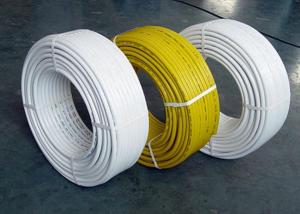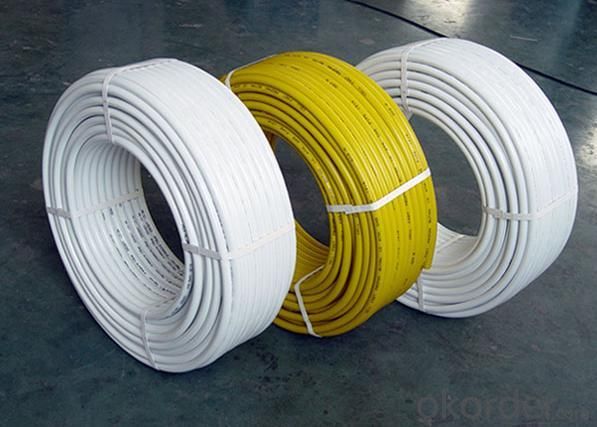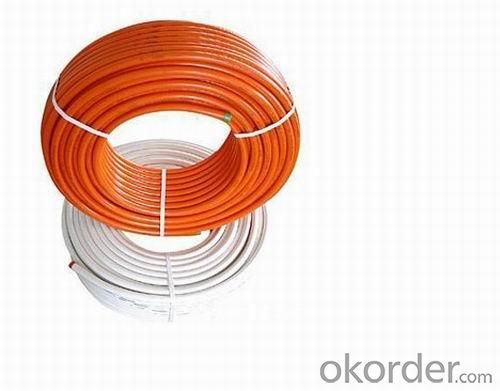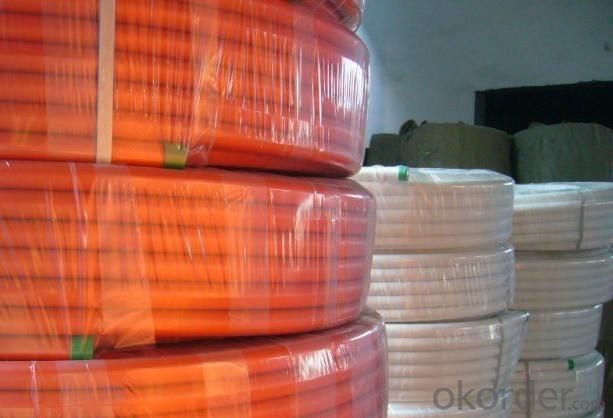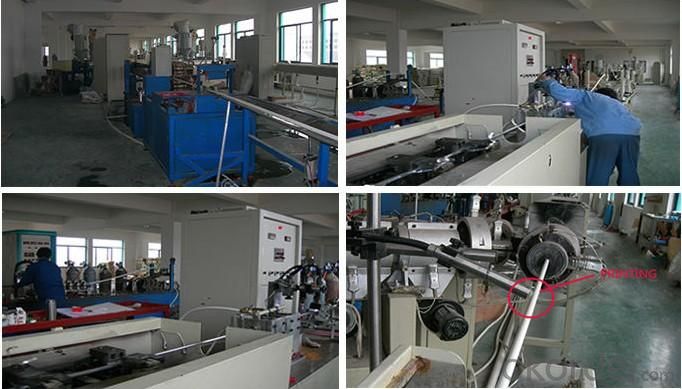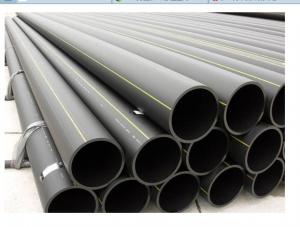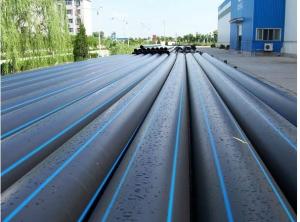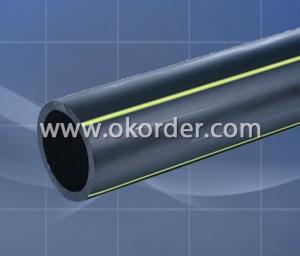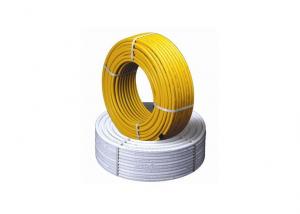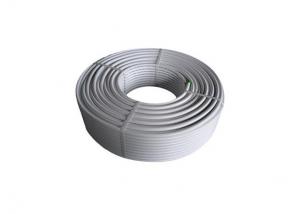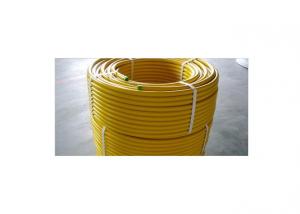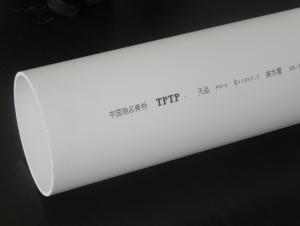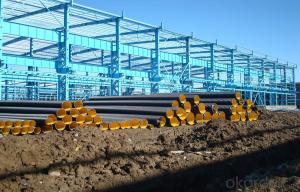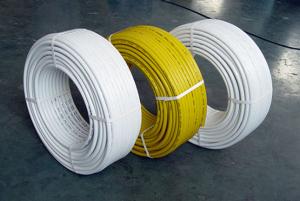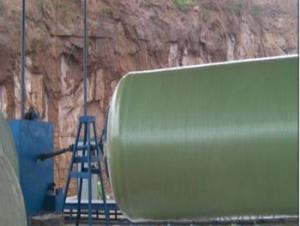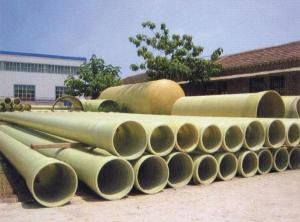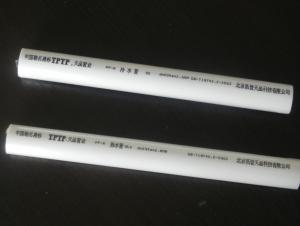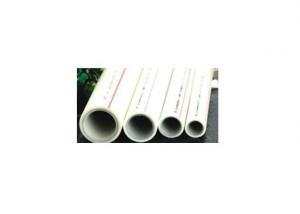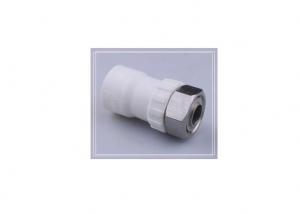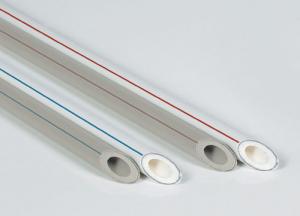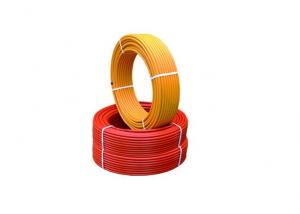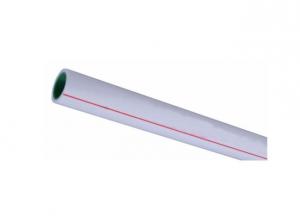Composite PEX/AL/PEX Pipes
- Loading Port:
- China Main Port
- Payment Terms:
- TT or LC
- Min Order Qty:
- 5000 Meters m
- Supply Capability:
- 100000000 Meters m/month
OKorder Service Pledge
OKorder Financial Service
You Might Also Like
Basic Size of PEX/AL/PEX Pipe:
Name | Size (mm/inch) | Package | AL Thickness | Measure |
ft/coils | mm | CBM | ||
PEX-AL-PEX pipe | 1/2“ /1216mm | 1000 | 0.21mm | 89*19*89 |
3/4"/2025mm | 1000 | 0.25mm | ||
1"/2532mm | 500 | 0.30mm | ||
1-1/4"/3240mm | 300 | 0.4mm |
Features of PEX/AL/PEX Pipe:
1,Material: Random Polypropylene
2, Sizes: 16mm to 32mm
3, Pressure Rating: 1.25MPa, 1.6MPa, 2.0MPa ,2.5MPa
4, Colors: every color is available, depend on customers
5, Connection: socket fusion joint, electro fusion joint or transition joint
6, Standard: ISO
Applications of PEX/AL/PEX Pipe:
1, Cold or hot water supply
2, heating system including flooring heating
3, wall heating and radiating system
4, Central air conditioning system
5, industrial liquids transportation
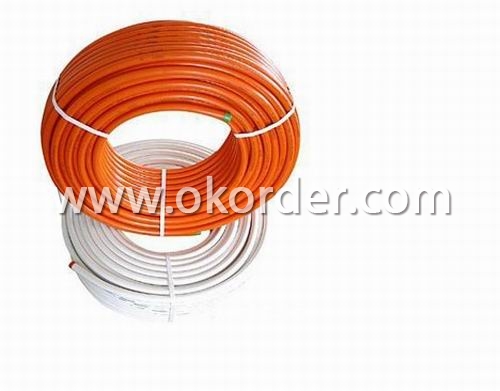
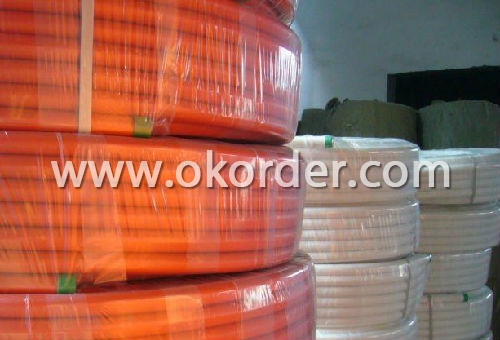
- Q: Why can't steel plastic composite pipes be embedded in reinforced concrete?
- Because the thermal expansion coefficient of steel is very close to the coefficient of thermal expansion of cement after solidification, reinforced concrete is ok.
- Q: Can composite pipes be used for hydroelectric power generation?
- Yes, composite pipes can be used for hydroelectric power generation. Composite pipes offer several advantages such as corrosion resistance, high strength-to-weight ratio, and flexibility, making them suitable for various applications in the hydroelectric power industry. Additionally, composite pipes can withstand the high pressures and temperatures involved in hydroelectric power generation, making them a reliable choice for transporting water or other fluids in the power generation process.
- Q: Are composite pipes resistant to pressure pulsations?
- Yes, composite pipes are generally resistant to pressure pulsations. The combination of materials used in composite pipes, such as fiberglass and epoxy resins, provides excellent strength and flexibility, allowing them to withstand pressure fluctuations and pulsations without compromising their structural integrity. Additionally, composite pipes have low thermal expansion properties, reducing the risk of damage caused by temperature changes.
- Q: Are composite pipes suitable for hydropower plants?
- Yes, composite pipes are suitable for hydropower plants. Composite pipes offer several advantages such as corrosion resistance, high strength-to-weight ratio, and flexibility. These properties make them ideal for withstanding the high-pressure and corrosive environments commonly found in hydropower plants. Additionally, composite pipes are easy to install and require minimal maintenance, making them a cost-effective choice for hydropower plant applications.
- Q: What is the fire resistance rating of composite pipes?
- The fire resistance rating of composite pipes varies depending on the specific materials used in their construction. However, composite pipes are generally known to have excellent fire resistance properties due to the combination of different layers or materials.
- Q: Is the air conditioner copper and aluminum composite pipe good?
- Air conditioning installation trick, certainly not good, Jerry built. The copper pipe will not exceed 10CM at the two ends, leaving the aluminum tube behind. The copper aluminum joint is easy to leak
- Q: Are composite pipes resistant to oxidation?
- Yes, composite pipes are generally resistant to oxidation. The combination of materials used in composite pipes, such as fiberglass or carbon fiber reinforced polymers, provides excellent resistance to oxidation and corrosion, making them a reliable choice for various applications.
- Q: Can the steel skeleton composite pipe and the air net steel belt compound pipe be connected together?
- The nominal two composite pipe diameter is different, therefore, can not be directly welded, the best way is to use the flange connection, if must use electric welding, can be increased diameter composite tube diameter is relatively small, and then through the electric melting welding.
- Q: Can composite pipes be bent during installation?
- Yes, composite pipes can be bent during installation. Composite pipes are flexible and can be bent to conform to the desired shape or layout. However, it is important to follow the manufacturer's guidelines and recommendations to ensure proper installation and avoid any damage to the pipes.
- Q: Are composite pipes resistant to UV radiation?
- Yes, composite pipes are generally resistant to UV radiation. The materials used in composite pipe construction, such as fiberglass or carbon fiber, have inherent UV resistance properties, which make them less susceptible to degradation or damage when exposed to sunlight or other sources of UV radiation. This resistance ensures the longevity and durability of composite pipes in outdoor or UV-exposed environments.
1. Manufacturer Overview
| Location | Wuhan,China |
| Year Established | 1986 |
| Annual Output Value | US$2.5 Million - US$5 Million |
| Main Markets | Southeast Asia Africa Oceania Mid East Eastern Asia |
| Company Certifications | ISO9001-2008 |
2. Manufacturer Certificates
| a) Certification Name | |
| Range | |
| Reference | |
| Validity Period |
3. Manufacturer Capability
| a) Trade Capacity | |
| Nearest Port | Wuhan |
| Export Percentage | 71% - 80% |
| No.of Employees in Trade Department | Above 50 People |
| Language Spoken: | English, Chinese |
| b) Factory Information | |
| Factory Size: | 5,000-10,000 square meters |
| No. of Production Lines | 5 |
| Contract Manufacturing | OEM Service Offered;Design Service Offered;Buyer Label Offered |
| Product Price Range | Average |
Send your message to us
Composite PEX/AL/PEX Pipes
- Loading Port:
- China Main Port
- Payment Terms:
- TT or LC
- Min Order Qty:
- 5000 Meters m
- Supply Capability:
- 100000000 Meters m/month
OKorder Service Pledge
OKorder Financial Service
Similar products
Hot products
Hot Searches
Related keywords
